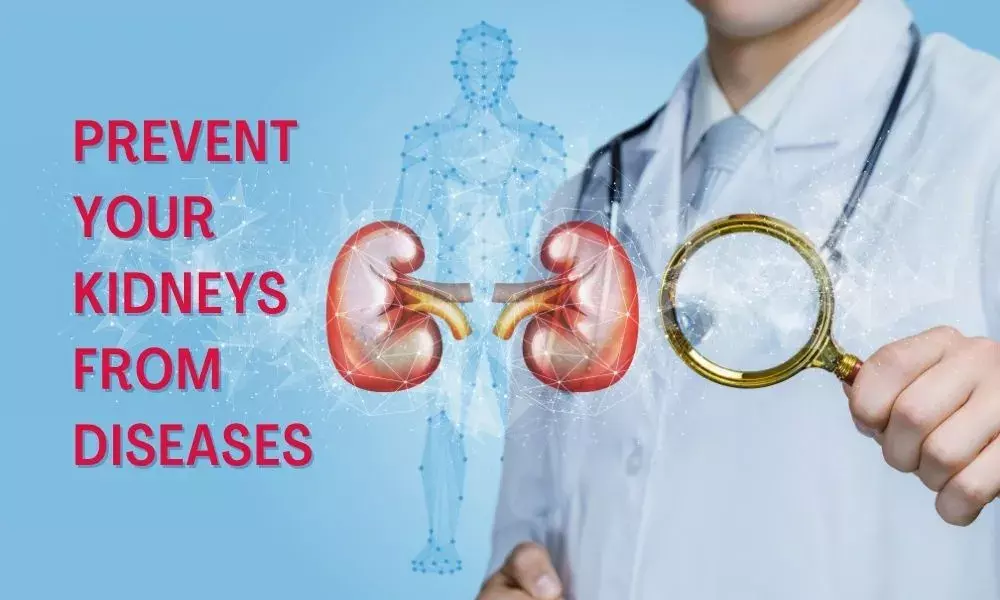With an estimated 604000 new cases and 342000 fatalities in 2020, cervical cancer is the fourth most common cancer in women overall. The Region accounted for 32% and 34%, respectively, of these numbers.
Human papillomavirus (HPV) vaccination to prevent cervical cancer will soon be made available in India, according to Dr. Poonam Khetrapal Singh, WHO Regional Director for South-East Asia.
Cervical cancer is the fourth most common cancer in women overall, with an estimated 644,000 new cases and 342 000 deaths in 2020, respectively, with 32% and 34% of these deaths occurring in the Region.
“Critical, cost-effective measures that policymakers should urgently implement to eradicate cervical cancer as a public health problem,” said Dr. Singh. “These measures include immunisation of girls against the human papillomavirus (HPV), screening and treatment of pre-cancer lesions, and improved access to diagnosis and treatment of invasive cancers.
With the Region’s flagship priority on preventing and controlling non-communicable diseases and the 2021 Regional Implementation Framework on eliminating cervical cancer as a public health problem, countries in the Region continue to make steady and sustained progress against cervical cancer.
“Bhutan, Maldives, Myanmar, Sri Lanka, and Thailand are the five member states that have implemented national HPV vaccination programmes; Bangladesh, India, and Timor-Leste will follow suit soon. The introduction of the HPV vaccine in several Indonesian provinces has protected tens of millions of girls “Dr. Singh said.
Nearly all of the Region’s nations still conduct population-based cervical cancer screenings, and a few have added cervical cancer screening to their lists of essential services or universal health care plans.
The Region published a training manual for healthcare professionals in 2017 on cervical cancer screening and managing cervical pre-cancers, making it the first WHO Region to do so. WHO has continued to train regional health workers in colposcopy and cervical cancer prevention despite the COVID-19 response. In addition to surgical, chemotherapeutic, and radiotherapy services, ten of the Region’s eleven member states offer tertiary care for cancer diagnosis and treatment.
However, there are still gaps and issues that, if addressed, will prevent the Region from meeting the global 90-70-90 targets. These targets call for ensuring that by 2030, 90% of girls are fully immunised with the HPV vaccine, 70% of women are screened using a high-performance test by the ages of 35 and 45, 90% of women with cervical disease or pre-cancer are treated, and 90% of women with invasive cancer receive treatment.
Dr. Singh said regarding the eradication of cervical cancer: “To reach the elimination target of four cases or fewer per 100,000 women, WHO is urging action in a number of crucial areas. First, there needs to be a stronger political commitment in every country in the Region, giving the fight against the disease top priority at the highest levels and mobilising national, international, and global funding. Second, coverage must increase, even above the 90% target, in nations that already offer routine HPV vaccination. Countries that have not yet made HPV vaccination a routine practise ought to do so right away. Every nation needs to implement HPV DNA testing, improve timely management of pre-cancer lesions, and guarantee that everyone has access to timely, accurate, and high-quality diagnosis and treatment for invasive and advanced cancers, including palliative care.”
“Third, programs and services for HIV/AIDS, sexual and reproductive health, family planning, and cancer control must be better integrated with efforts to end cervical cancer. An estimated 5% of all cervical cancer cases are related to HIV, and women living with HIV are six times more likely to develop cervical cancer than women without HIV. Fourth, partners at the local, regional, national, and international levels must continue to support national priorities and plans, avoid duplication and fragmentation, and provide sufficient, predictable, and ongoing technical, operational, and financial resources “she said.
Additional morbidity and mortality will result from inaction, delay, or both. Nearly 90% of cervical cancer deaths worldwide occur in low- and middle-income nations, which is tragic for most women and girls worldwide and serves as yet another example of how global injustices harm people’s health and well-being as well as long-term social and economic development.
WHO reaffirms its commitment to helping all of the Region’s nations eradicate cervical cancer as a public health issue and consign it to history.





